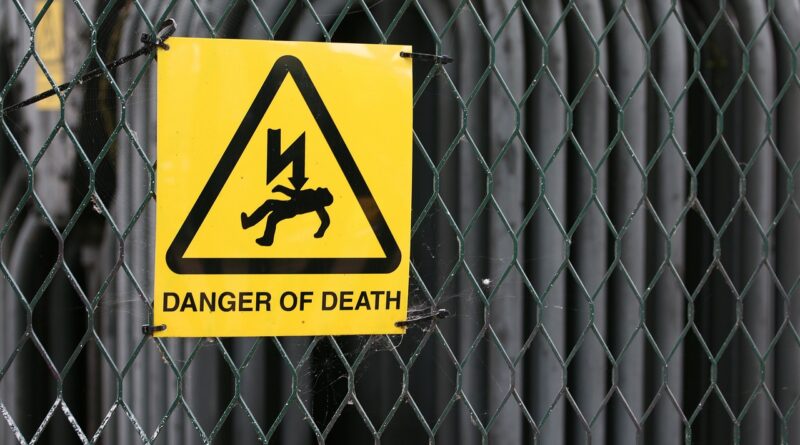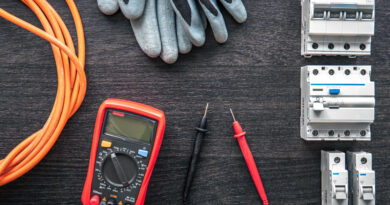The Hidden Dangers Uncovered in Electrical Safety Audits
Introduction
In our modern world, electricity powers nearly every aspect of our lives. From the lights that illuminate our homes to the gadgets that keep us connected, we rely on electricity for our daily activities. However, behind the convenience lies a potential danger that often goes unnoticed – electrical hazards. Electrical safety audits play a crucial role in uncovering these hidden dangers and ensuring our well-being. In this article, we will delve into the shocking truths revealed during electrical safety audits, highlighting the importance of prioritizing electrical safety.
- Outdated Wiring: One of the most alarming findings during electrical safety audits is the presence of outdated wiring systems. Many older buildings and residences still have electrical systems that were installed decades ago, without being updated to meet current safety standards. These aging wiring systems pose a significant risk of electrical fires and electrical shocks. Audits often reveal frayed wires, loose connections, and inadequate grounding, emphasizing the urgent need for rewiring and upgrading electrical infrastructure.
- Overloaded Circuits: Another startling revelation during safety audits is the prevalence of overloaded circuits. With the increasing number of electronic devices in our homes and workplaces, it’s common for people to plug in multiple appliances into a single outlet or power strip. However, this practice can overload the circuit, leading to overheating and potential fires. Electrical safety audits often uncover overloaded circuits, emphasizing the importance of distributing electrical loads properly and installing additional circuits when necessary.
- Improper Use of Extension Cords: Extension cords are a convenient solution for reaching electrical outlets in distant locations. However, their improper use can have severe consequences. Audits frequently uncover instances where extension cords are used as permanent wiring solutions, running behind walls or under carpets. This practice not only violates safety regulations but also poses a fire hazard. Electrical safety audits emphasize the importance of using extension cords as temporary solutions only and promoting the installation of additional outlets where needed.
- Lack of Ground Fault Circuit Interrupters (GFCIs): Ground Fault Circuit Interrupters (GFCIs) are electrical safety devices designed to protect against electrical shocks by instantly shutting off power in the event of a ground fault. Surprisingly, audits often reveal a lack of GFCIs in critical areas, such as kitchens, bathrooms, and outdoor locations. This leaves individuals vulnerable to potentially fatal electrical shocks. Safety audits stress the necessity of installing GFCIs in all appropriate areas to ensure maximum protection.
- Inadequate Electrical Panel Maintenance: Electrical panels serve as the heart of electrical systems, distributing power throughout a building. However, audits frequently expose inadequate maintenance practices concerning electrical panels. Panel inspections often reveal loose connections, damaged breakers, and outdated components, all of which can lead to electrical failures, fires, or even electrical shock hazards. Safety audits emphasize the importance of regular inspections and maintenance to ensure the proper functioning of electrical panels.
Conclusion
Electrical safety audits play a vital role in identifying hidden dangers that exist within our electrical systems. Uncovering issues such as outdated wiring, overloaded circuits, improper use of extension cords, lack of GFCIs, and inadequate electrical panel maintenance provides a wake-up call for individuals and organizations to prioritize electrical safety. By addressing these concerns and implementing the necessary safety measures, we can mitigate the risks associated with electricity and create a safer environment for all. Remember, electrical safety is not something to be taken lightly – it’s a matter of protecting lives and properties.




